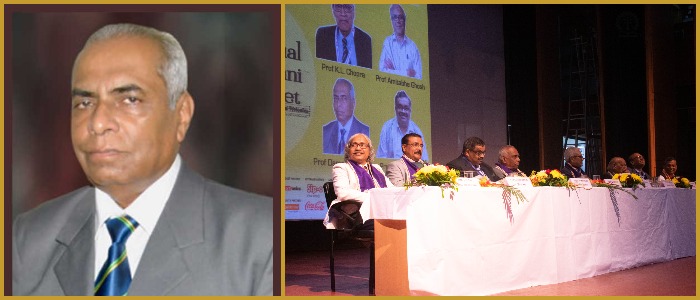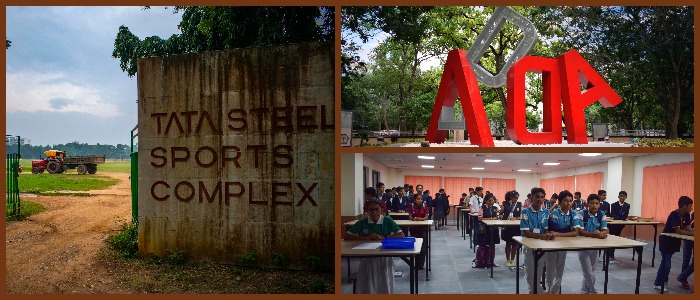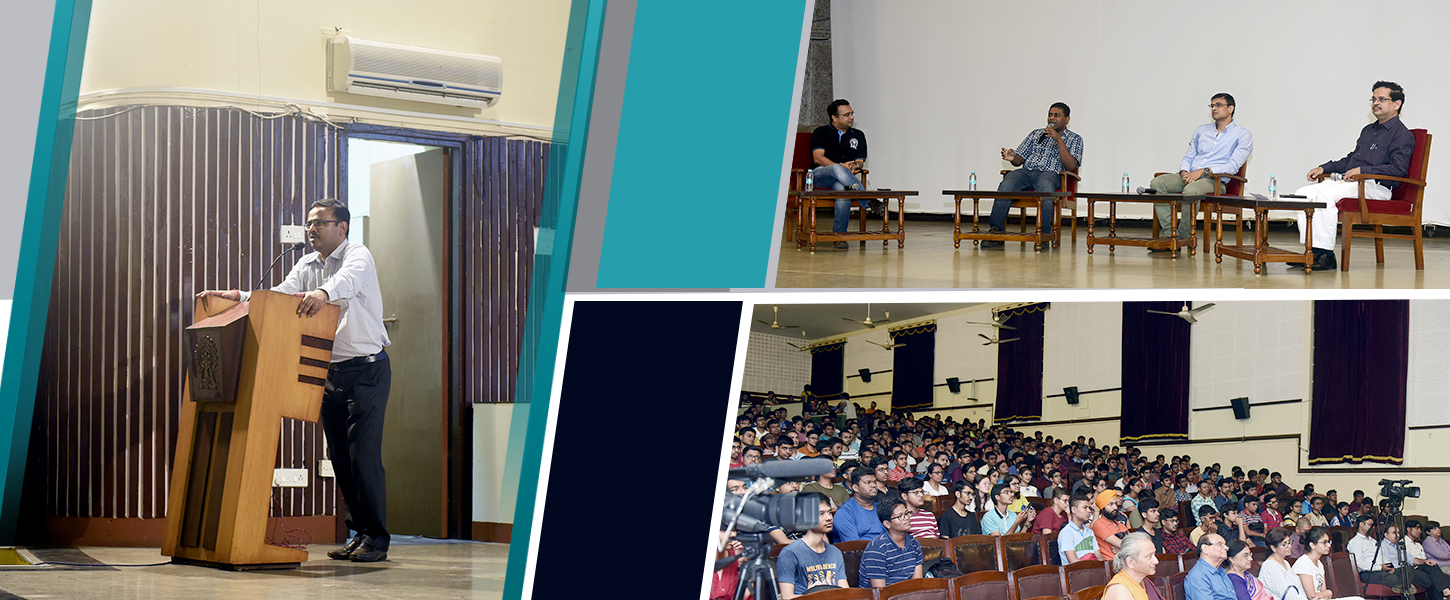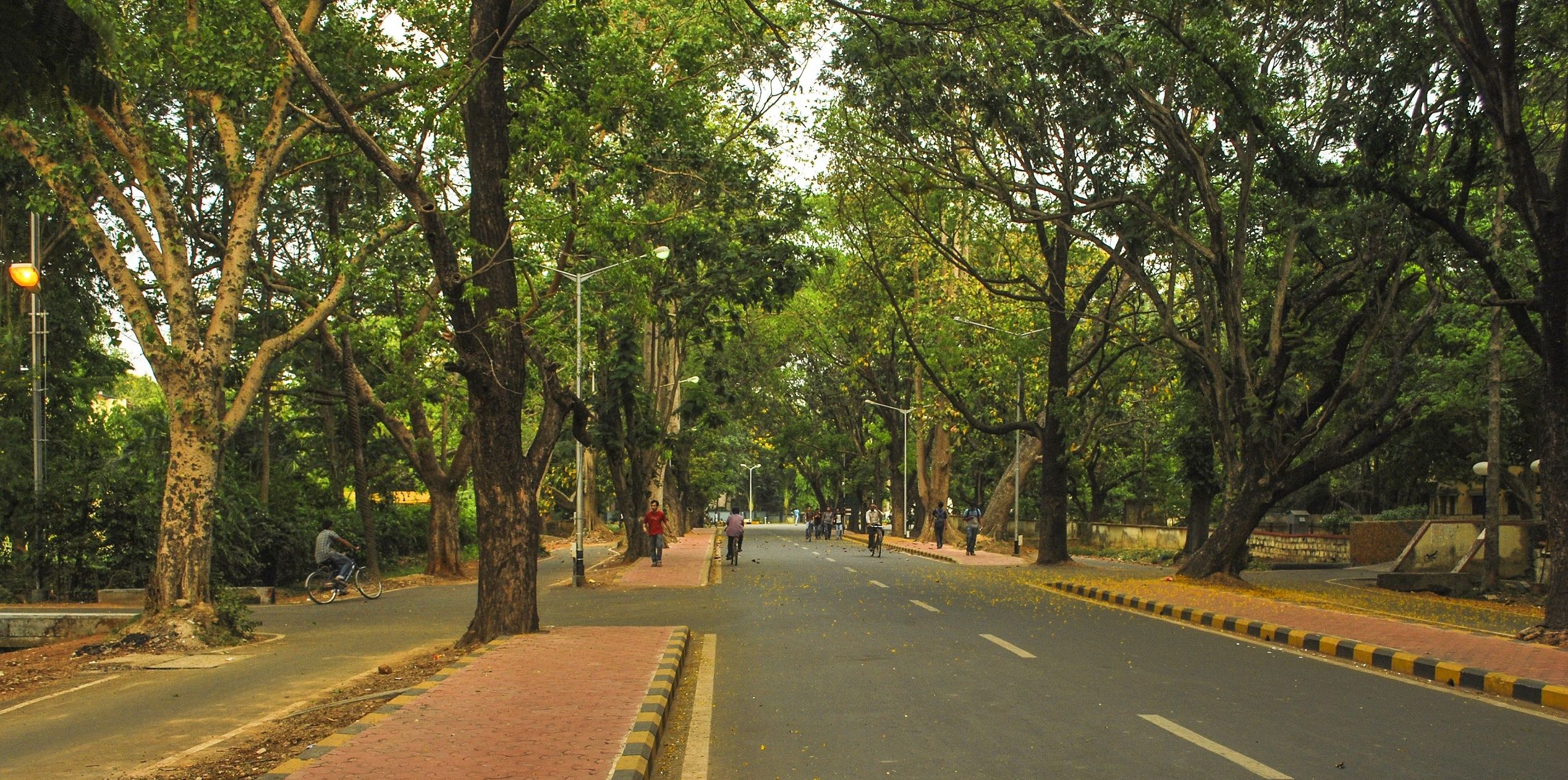
Combating COVID
IIT Kharagpur's Combat against COVID19 India Today Indian Express Yahoo News Amar Ujaala As the world is battling CoronaVirus, universities suspending their academic and select other activities, in one corner of Eastern India, the world renowned institute is giving fillip to the combat against COVID-19. The oldest and largest IIT and its stakeholders on the campus are contributing through a wide range of initiatives to continue helping students with their course work, increase public awareness about CoronaVirus pandemic and create resources to boost health and hygiene. Whether they…






